Oxygen (O2) is the most vital of the gases that comprise our atmosphere. The typical percent of oxygen in breathable air is 20.9%, although we can live with as little as 19.5%. That’s a small spread. And it’s not just the percent of oxygen that is important: It is the pressure of the air, and the oxygen within that air, that plays a major role in keeping us alive and functioning properly. More on that in a moment. Don’t small planes have oxygen for passengers? Well, under some circumstances, they do, and under other circumstances, they don’t.
Oxygen for Passengers: The Airline Way
Before we get to the “little airplanes,” let’s start with airlines. These aircraft are designed to fly in “the flight levels,” which in common practice really refers to cruising higher than about 20,000 feet above sea level. (For purposes of this article, all altitudes will be given above sea level.)
The cruise portion of most airline flights take place between 30,000 and 40,000 feet. Because the time of useful consciousness for a human at those altitudes is just moments, the passengers and crew need a way to get sufficient oxygen pressure. That’s right: The partial pressure of oxygen in the gases that are breathed has to be sufficient. Having tons of oxygen for passengers with very little pressure won’t get the critical gas out of the lungs and into the blood.
In airliners, providing sufficient oxygen pressure for crew and passengers is done by pressurizing the entire compartments occupied by humans, often to about 6,000 feet, where the is plenty of oxygen pressure for normal operations. In this situation, we say “the cabin is at 6,000 feet,” or whatever altitude the captain has dialed in for pressurization.
Airline Oxygen Emergencies
If an airliner in cruise loses pressurization, the captain must dive the airplane down as fast as possible (without hurting the structure of the airplane) to get to an altitude where there is higher natural oxygen pressure. When this happens, the “rubber jungle” drops down from the ceiling of the airliner, and passengers are supposed to put the masks over their heads to encompass both their noses and mouths, and breathe normally. This is the situation where airlines are actually providing oxygen for passengers. In a normally-pressurized cabin, it’s completely unnecessary.
Small-Airplane Oxygen Rules
Small, non-pressurized airplanes rarely go into those high altitudes, but they can get close. As a result, the FAA (Federal Aviation Administration) has created regulations for the use of what is called supplemental oxygen.
Supplemental Oxygen and Supplemental Oxygen Systems
Supplemental oxygen for passengers in small airplanes may be built-in, but, in most cases, is brought on board as a separate oxygen system that can be removed when the flight is over. That system will contain an oxygen cylinder, a regulator, tubing, and a way to get the gas into the body.
The supplemental oxygen systems provide oxygen to the body usually through nasal cannulas. You may have seen these in hospitals, where patients have small tubes inserted up both nostrils, and the tubes are providing pure oxygen. There are other systems, but the norm for a supplemental oxygen system is the dual-cannula method of delivery.
Of course, if the flight is not expected to get close to the altitude where supplemental oxygen for passengers is required by regulation, there is no need to bring that system on board.
The FAA Rules
Some “small planes” do have pressurization systems built in, so their oxygen-related regulations differ from the more typical private plane. Below, we will only consider the most typical kinds of small airplanes. At the end of this article, you will learn a fun bit of trivia about pressurized versus non-pressurized small planes.
It is interesting that the FAA rules differ for flight crew (pilot, and if necessary, first officer or co-pilot) and passengers. Of course, it makes sense that pilots absolutely must have the optimal amount of oxygen during all flight time where oxygen for passengers might be scarce.
When the altitude of an airplane is less than 12,500 feet, there is no supplemental oxygen required for anyone in a private plane.
From 12,500 feet to 14,000 feet, supplemental oxygen must be used by the required flight crew for any portion of the flight that is more than 30 minutes. So a brief excursion upward to, say, 13,000 feet, with a return to below 12,000 feet within 15 minutes or so, is completely legal and does not require supplemental oxygen. But as soon as those 30 minutes are up, the required flight crew must be using supplemental oxygen. Notice that, at this point, there is no requirement to provide any supplemental oxygen for passengers. It’s a little easier to sightsee or maybe read a magazine that it is to fly an airplane!
Between 14,000 feet and 15,000 feet, all required flight crew members must be using oxygen all the time. Also, oxygen for passengers must be available. Notice that passengers are not required to use the supplemental oxygen; it simply must be available to them.
Above 15,000 feet, everybody must be using supplemental oxygen all the time. Remember, we’re talking about non-pressurized airplanes.
Using Supplemental Oxygen Below Where It Is Required
Some pilots may choose to use extra oxygen even though it’s not required. For example, extra oxygen for night flights above 5000 feet will improve the vision of a pilot even though he or she doesn’t actually have to use it until facing the 12,500-and-above rules cited above. That enhanced vision is a good thing when searching for things like other airplanes and airports. Still, below 12,500 feet, there is no such requirement.
Airplane Pressurization Trivia
Here’s a tidbit that may help you win an aviation-related bet, if you’re so inclined. It’s usually easy to determine whether a small plane has its own pressurization or not. How? Look at the windows. If those windows are round or have very rounded “corners,” then it’s probably a pressurized aircraft. Years ago, airplane manufacturers and designers found that square windows had weak points where airplanes could lose pressurization around the sharp corners of their windows.
Breathe, Breathe!
We have seen how most “small airplanes” do not need any kind of pressurization or oxygen supplementation, but that, for conditions that require extra O2 for the flight crew or occupants, there are systems that provide it as needed. This underscores how much more involved aviation is compared to driving a car. Pilots’ training is quite extensive and includes all of this oxygen-related information.
Ready to soar in your aviation career?
Mr. Matthew A. Johnston has over 23 years of experience serving various roles in education and is currently serving as the President of California Aeronautical University. He maintains memberships and is a supporting participant with several aviation promoting and advocacy associations including University Aviation Association (UAA), Regional Airline Association (RAA), AOPA, NBAA, and EAA with the Young Eagles program. He is proud of his collaboration with airlines, aviation businesses and individual aviation professionals who are working with him to develop California Aeronautical University as a leader in educating aviation professionals.
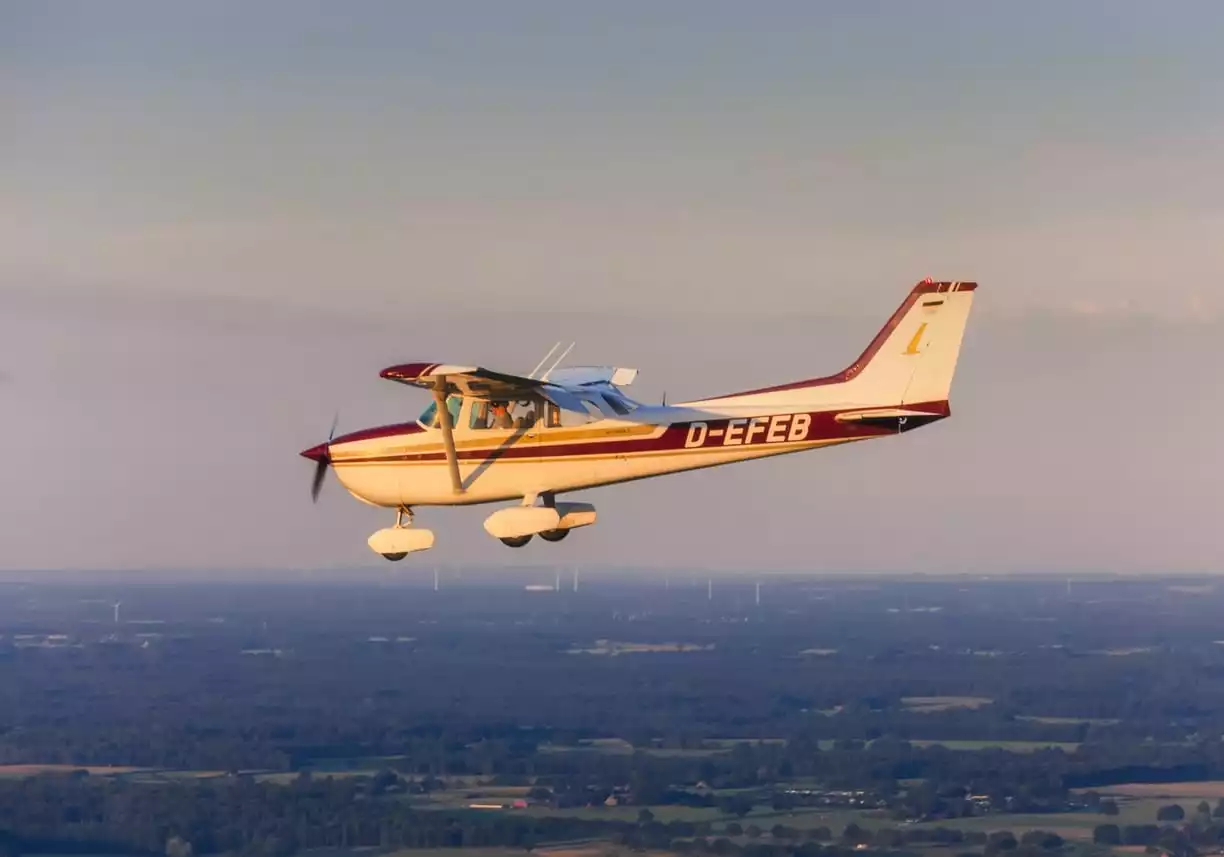
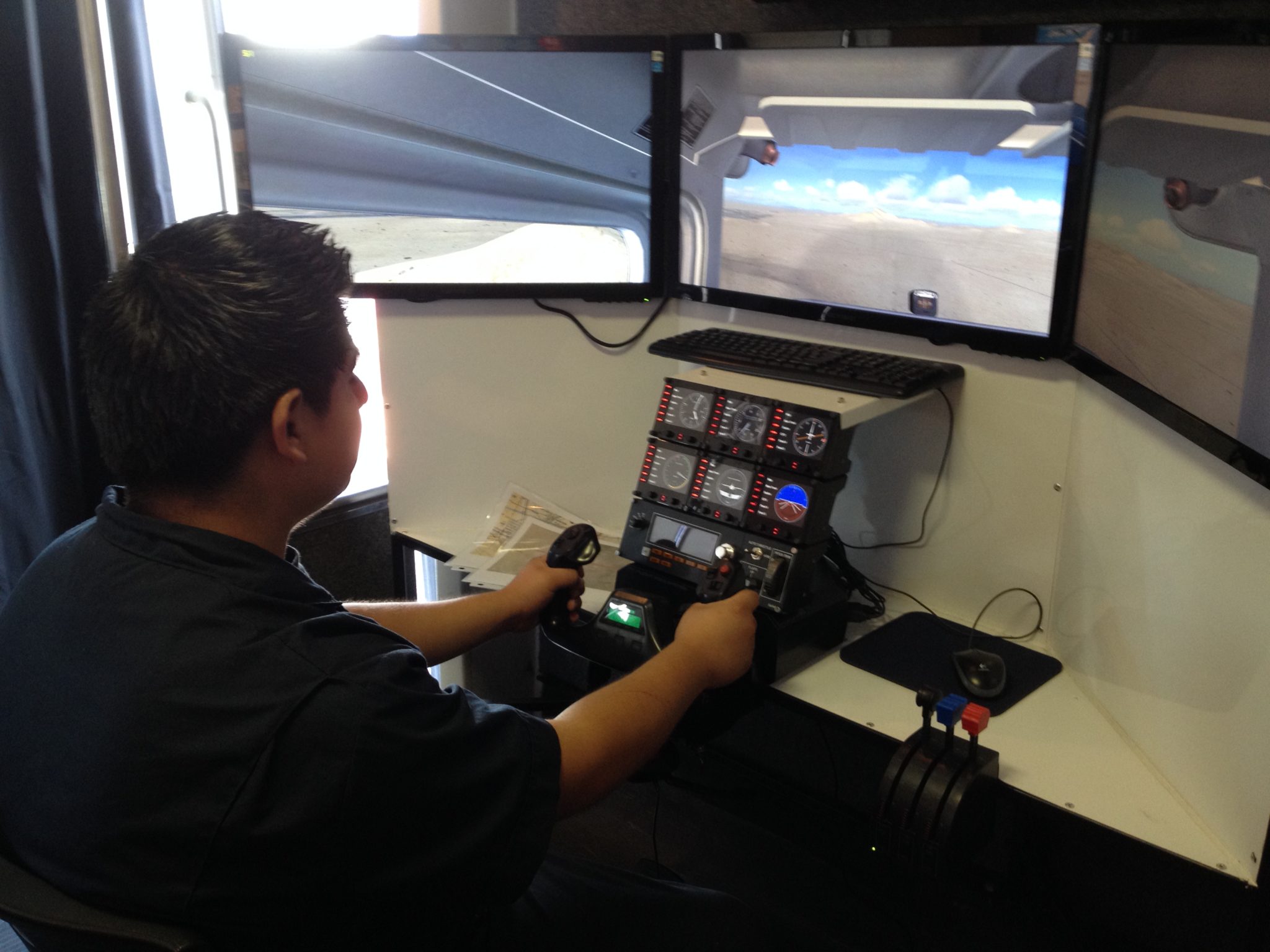
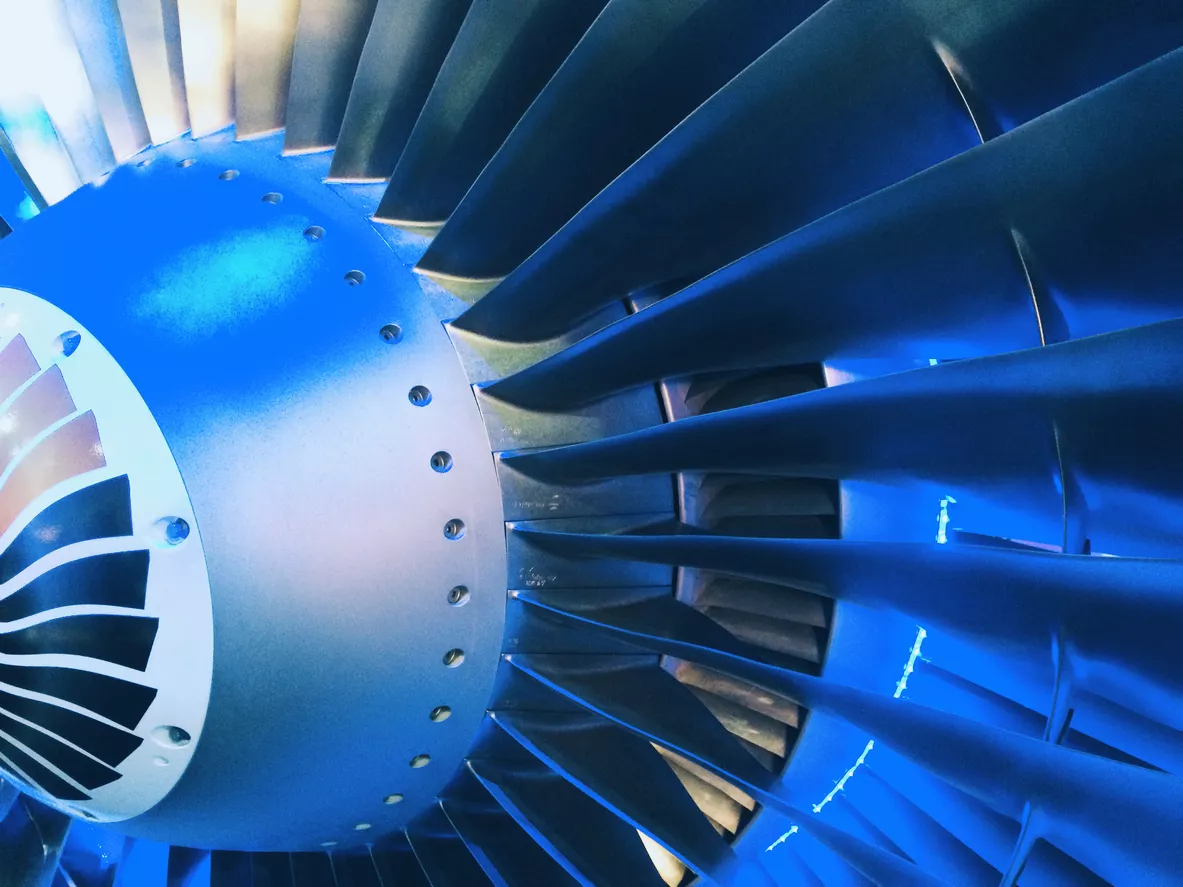
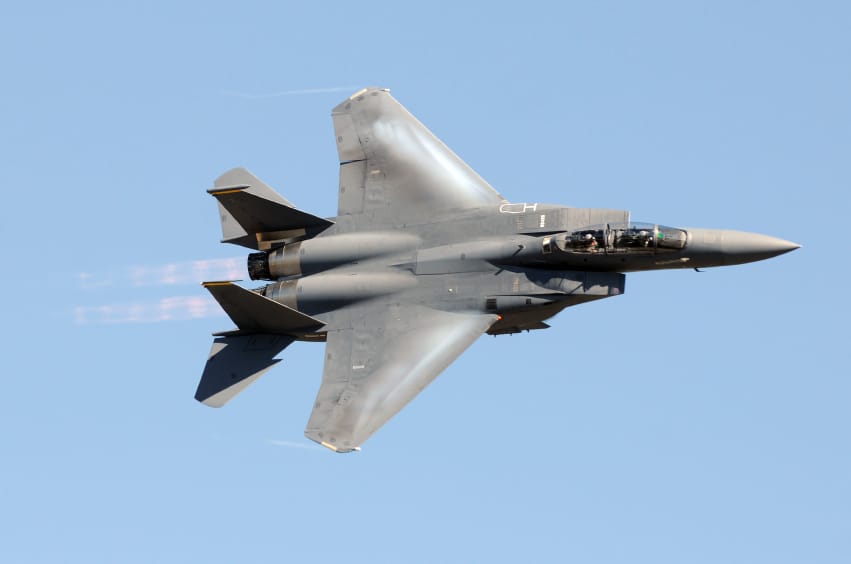
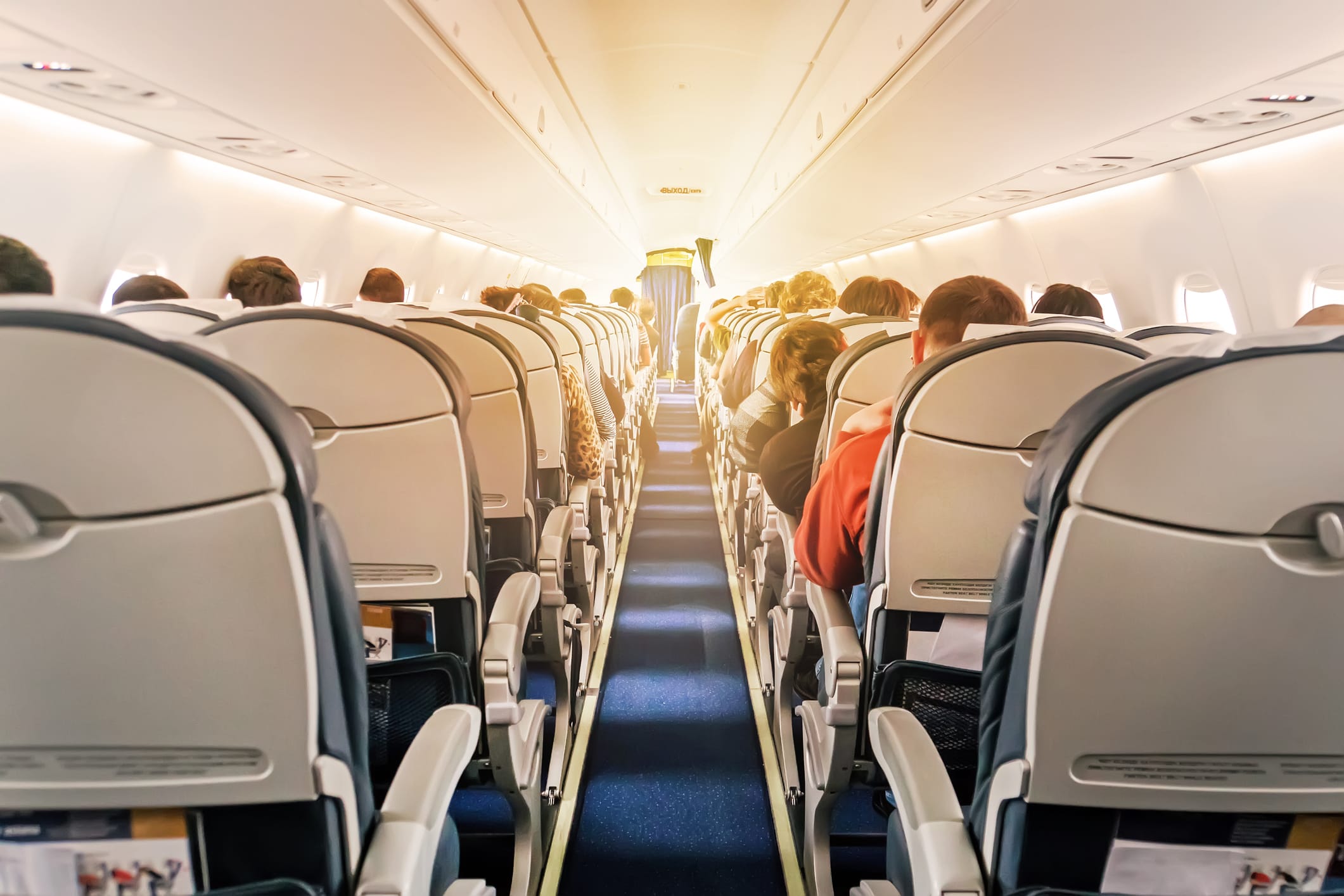
Hello. Loved your article about flight and oxygen. 30 yr. employ of SWA. Got a story of small aircraft(float planes), high altitude flight, and how well it worked out. Thank you…
Great article! It more than answered my questions, yet was easy and fun to read. Thanks! -Wendy
Excellent read. The only thing I sort of have a question about is the way the regulation reads and the way you described the ‘must’ be used in your article.
You wrote: ‘Above 15,000 feet, everybody must be using supplemental oxygen all the time.’
91.211(a)(3) reads: ‘No person may operate a civil aircraft of U.S. registry – At cabin pressure altitudes above 15,000 feet (MSL) unless each occupant of the aircraft is provided with supplemental oxygen.’
It doesn’t state that each occupant MUST use it like it states the crew MUST in 91.211(a)(1 &2). Not trying to argue. I’m just going to take my CFI check-ride in a few weeks and if this subject comes up, I want to ensure I know the right answer for my most amazing DPE.